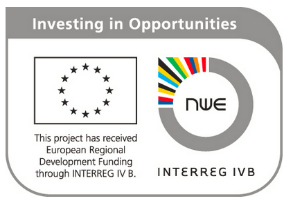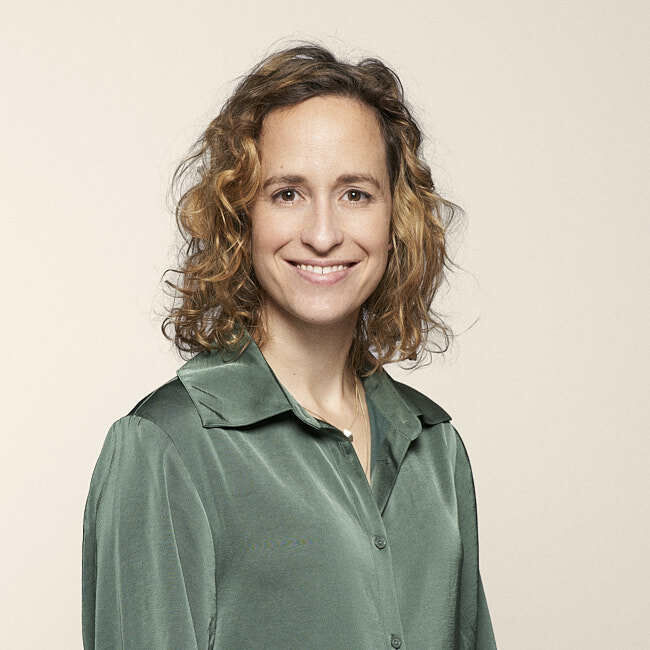
Business Design & Innovation
NweRIDE
With NweRIDE we wanted to increase the number of passengers per car by connecting different existing ridesharing systems in Northwestern Europe.
Problem
All European cities suffer from this problem: saturated roads that bring traffic to a halt. More and more people start to realize that the individual use of cars is literally not getting us anywhere and they are looking for new solutions. A growing alternative is ride sharing. Several local applications exist worldwide that connect people with similar routes. Unfortunately, these systems exist next to each other and they don’t exchange any information.

Project Development
The central focus of the project was building the platform. Then 3 trial journeys were made:
- Journeys across the borders, a test in which a journey from Belgium and a journey from the Netherlands to Scotland were shared.
- Journeys shared in combination with public transport, a test in which two travelers shared a ride and during the journey switched to public transport.
- Journeys shared based on information in the agenda.
Research was also done on how ride share systems can be further optimized.
Solution
With this project we developed a digital platform that allows sharing rides from different carpool applications across the different systems. Additionally, the link with public transport and the users’ agenda increases the chances of finding a match.
Advantages
By connecting different care ride share systems and ensuring more passengers share one car, road congestion is reduced and CO2 emissions are lowered.
Result
The project group built a platform that shared information from the ride share systems cocar.be, carpool.be and liftshare.com in real-time. This effectively meant that when no match was found in the used ride share system for a particular journey, the NweRIDE platform would also search the other connected systems for a match. If a match was found, users were informed. Alternatives by public transport and the possibility to add information from the users’ agendas were also integrated.
This project had the financial support of Interreg IVB-NWE.


